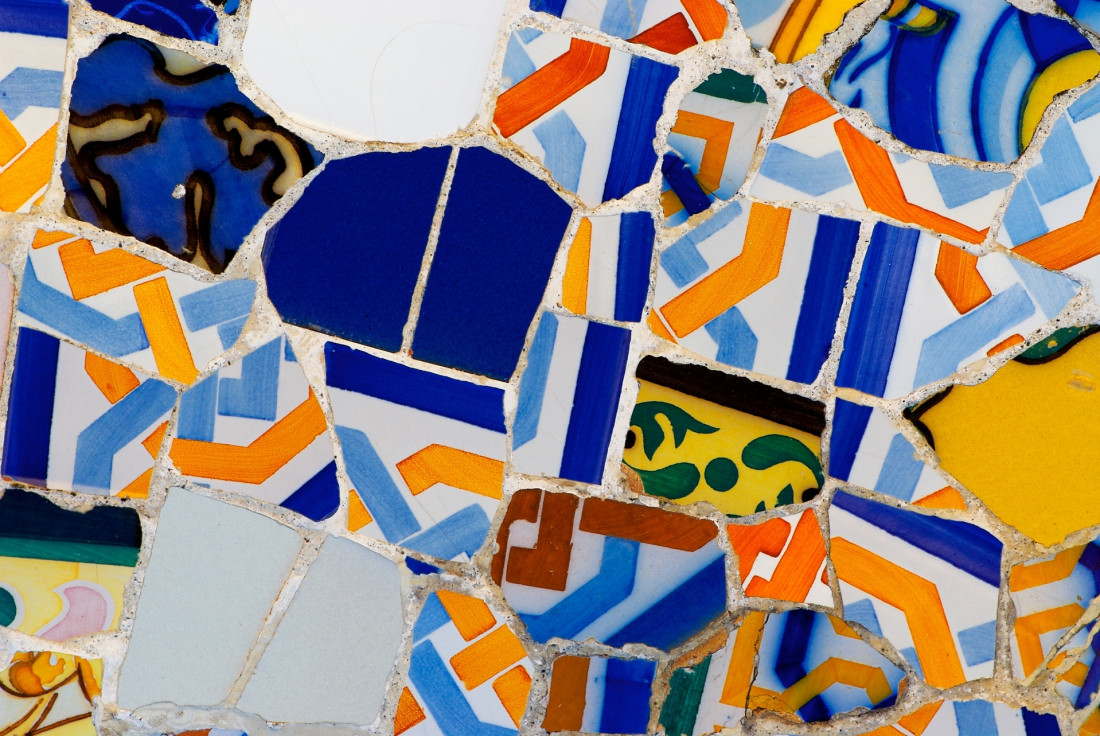Historians have often commented on how history is shaped by mankind’s understanding of materials. Great civilizations, such as the Egyptians or Mayans, rose and fell on stone masonry skills; ancient Rome was shaped on the discovery of concrete; Victorian England flourished on a mastery of iron railways, iron bridges and iron ships; while the modern world revolves around the use of plastics.
So in many ways, ceramics are history‘s forgotten material; a 25,000 year-old technology that is rarely thought to make an impact beyond the dinner plate. But as the world becomes more high-tech, the ceramics industry has a larger and larger role to play in the modern global economy.
As a Marketsandmarkets report notes, “The market size of technical ceramics is estimated to grow from $5.86 billion in 2015 to $8.49 billion by 2021, at a CAGR of 6.43%.”
This growth is due to the increased number of applications for ceramics in the modern world. As the ceramics company Cerahelix states, “Today’s ceramics industry provides products for high tech industries like the computer, aerospace, medical, and filtration industries.”
While NASA notes the increased usage of ceramics in space exploration, satelites, rocket propulsion, gas turbine engines and hypersonic spacecraft of the future. And they are also present in silicon chips, catalytic converters and superconductors.
With a clear use in the technological industries of the future, will the 21st century be the age of ceramics?
Will ceramics be the key material of the 21st century?
Maybe. But ceramics as a material suffer one major economic disadvantage; their production requires a lot of energy. Cement, bricks, bathroom tiles and crockery all need to be fired in kilns at temperatures well in excess of 1,000°C. This often makes ceramics not only economically unviable, but also environmentally unsound.
But now a team of researchers from ETH Zurich, have developed a process that can manufacture ceramics without a kiln. In fact, they have already made ceramic samples the size of a Dime or one Euro coin, at room temperature, in about an hour.
As the online journal Phys.org reports, “ETH Zurich have developed what seems at first glance to be an astonishingly simple method of manufacture that works at room temperature. The scientists used a calcium carbonate nanopowder as the starting material and instead of firing it, they added a small amount of water and then compacted it.
Sedimentary rock is formed from sediment that is compressed over millions of years through the pressure exerted by overlying deposits. This process turns calcium carbonate sediment into limestone with the help of the surrounding water. As the ETH researchers used calcium carbonate with an extremely fine particle size (nanoparticles) as the starting material, their compacting process took only an hour.”
As one of the researchers, Florian Bouville explains, “The manufacturing process is based on the geological process of rock formation.” This new process is one that experts have called ‘cold sintering’.
The team described cold sintering in great detail, when they published their results in the journal Nature Communications. Here the team write that, “In conclusion, cold sintering of a nanoscale powder at high pressures enables the fabrication of strong and dense structural materials with water and at room temperature within timescales comparable to those of typical manufacturing processes.” Adding that the process will have practical capabilities, “This simple up-scalable process offers an alternative pathway for the processing of inorganic materials under energy-inexpensive mild conditions, and may allow fabrication of complex organic–inorganic architectures that mimic the design principles of functional biological materials.”
“For a long time, material scientists have been searching for a way to produce ceramic materials under mild conditions, as the firing process requires a large amount of energy,” says ETH professor and project partner, André Studart. “Our work is the first evidence that a piece of ceramic material can be manufactured at room temperature in such a short amount of time and with relatively low pressures.”
The ceramics produced so far, have excellent properties that are likely to make them very useful in the expanding technology industry. As Phys.org reports, “Tests have shown, the new material can withstand about ten times as much force as concrete before it breaks, and is as stiff as stone or concrete. In other words, it is just as hard to deform.” Adding that, “the samples produced [were made] using a conventional hydraulic press such as those normally used in industry.”
The simplicity of the process, coupled with its practical application, is making ceramic industry leaders contemplate if manufacturing could be scaled up. The technology is certainly more energy efficient than heating materials in a kiln, and even makes production of composite materials possible, by adding, for example, plastic.
But the real set back, is that to date, only small samples have been made. As Bouville says, “The challenge is to generate a sufficiently high pressure for the compacting process. Larger workpieces require a correspondingly greater force.”
If this can be overcome, which is a real possibility, then the process could open the way to not only cheaper ceramics, but more sustainable ceramics. This is because the process could be used as part of CO²-neutral manufacturing. Carbonate nanoparticles could be produced from captured carbon dioxide, from either the atmosphere or from waste by-products from thermal power stations. Captured CO² would be allowed to react with a suitable powered rock to form carbonate, which could then be used to manufacture ceramics.
Making ceramics without a kiln may sound crazy, but the process could even be adopted for manufacturing cheaper substitutes for cement-based materials. It could even revolutioize brick manufacturing and the construction industry, both of which consumer vast amounts of heat energy in manufacturing products.
Ceramics made at room temperature! In about an hour! This may be the birth of the age of ceramics.

